Share
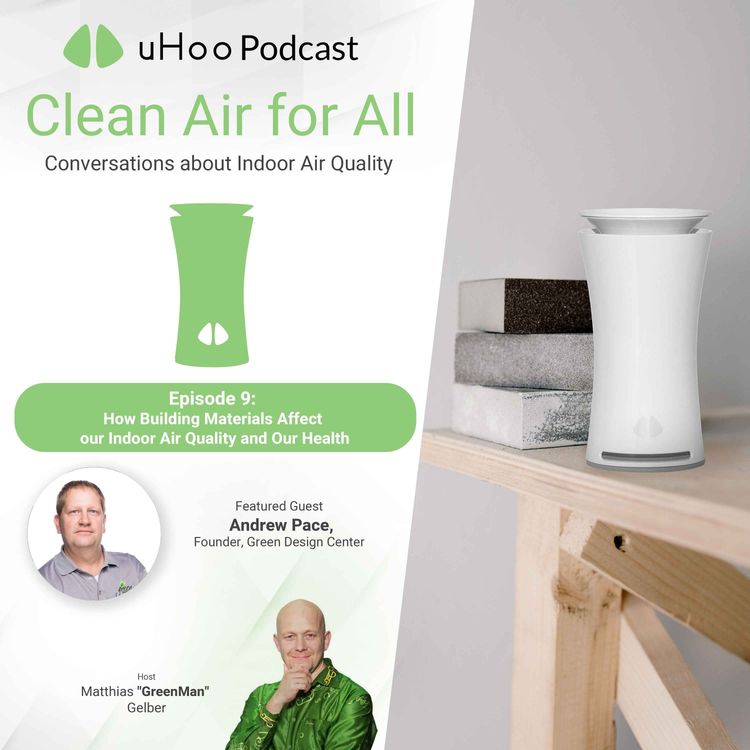
Clean Air For All with uHoo
Episode 9: How Building Materials Affect Indoor Air Quality and Our Health
Several studies show that people are affected by indoor air pollution caused by building materials - through inhalation, digestion, and the skin. The indoor air polluters differ due to physical conditions indoors, the design of
the buildings, environmental features that exist in the building and also the behavior of the people living there. Research also supports the thesis that healthy circumstances cannot be maintained in buildings that are newly developed or improved; furthermore, it is reported that 30% of the buildings caused “Sick Building Syndrome” and an estimated 50% of building structures in the United States have indoor environmental drawbacks.
Let’s discuss how this focus towards non-toxic building materials started - what were the concerns that propelled it and what were the challenges that proponents like our guest here have faced. What are the effects of building materials on the air we breathe?
More episodes
View all episodes

12. Managing Environmental Hazards at Home
19:00||Ep. 12We continue our discussion with this month's guest, environmental safety scientist and Founder of In a Green Minute Gwen Lynn about the potential environmental hazards in our homes. What environmental issues should homeowners be aware of? What are the common indoor environmental hazards at home and what can we do to control them so we can optimize our indoor environments?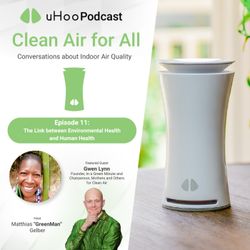
11. The Link between Environmental Health and Human Health
22:36||Ep. 11It has been recognized for some time that protecting the environment is also essential to protecting human health. The environment is an important source of pollution, noise, and hazardous chemicals for humans. Preventing disease and improving health can be accomplished by improving the environment in key areas such as air, water, and noise.In recent decades, legislation and research have focused on identifying and regulating environmental toxins. Environmental exposures, such as toxic chemicals, air pollution, and biological agents, are widely perceived as the main issue in environmental health. Maintaining a healthy environment goes beyond controlling these hazards.In this episode we will discuss what are the main aspects of environmental health what is the relationship to human health and what are the main environmental health challenges issues.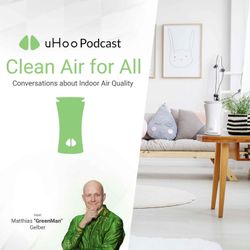
10. Episode 10: Mass Timber, Biophilic Design, and the Future of Sustainable Homes
16:45||Season 1, Ep. 10After discussing the beginning and the basic principles of building biology, we now look ahead to the future trends in building design and construction. Healthy Building expert Andrew Pace continues his insightful discussion with host Matthias Gelber where they cover new building techniques and materials - from the opportunities and risks of using mass timber, hybrid construction, and more.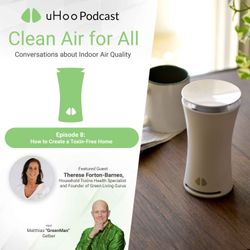
8. Episode 8: How to Create a Toxin-Free Home
18:25||Ep. 8Let's continue our discussion on living a toxin-free life with this month's special guest, Household Health and Toxins Specialist Therese "Tee" Forton-Barnes. Listen as she shares about what things in our home can be sources of harmful toxins and how we can transition to a healthier home environment. Where do we start? How does someone who is a total beginner get on the path to living a healthier, toxin-free life? Matthias also reveals the results of his indoor air quality testing experience.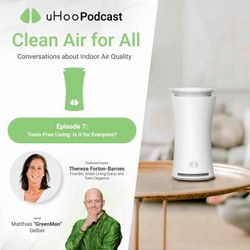
7. Episode 7: Toxin-Free Lifestyle - Is it for Everyone?
21:20||Ep. 7While it may seem overwhelming and worrisome to think about it, the truth is our modern lives can actually be filled with products that are harmful to our health and safety. Many everyday items contain toxic chemicals that can have harmful health effects. We bring toxins into our homes and inhale them through our consumer activities and exposure. We are exposed to them everyday - from phthalates in synthetic fragrances to noxious fumes in oven cleaners.Let’s talk about why it is important to be conscious of the chemicals in the products we use at home. What are the impacts of these toxins on our health and safety? What are the benefits of choosing to live a healthy and toxin-free lifestyle? With many of these companies “greenwashing” their products, how do we know if the products we’re buying are truly safe and chemical-free? Is it really possible to live a toxin-free life when we are practically surrounded by these products, some of which we even consider essential?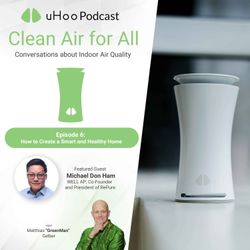
6. Episode 6: How to Create a Smart and Healthy Home
17:38||Ep. 6We continue the discussion with our smart home expert, Michael Don Ham on what it takes to create a truly smart and healthy home. What are the must-haves and must-do’s? Is it expensive and complicated to create a smart and healthy home? What about maintenance? Is our future inevitably headed in that direction? Michael shares tips on how to start, the pros and cons of DIY smart integrations versus hiring a professional systems integrator, and how wellness should be at the heart of a truly smart and healthy home.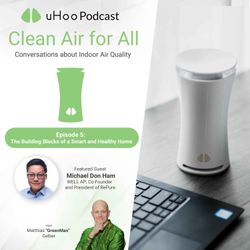
5. Episode 5: The Building Blocks of a Smart and Healthy Home
21:39||Ep. 5Smart home technology started as a way to upgrade the running of your household, with the Internet of Things telling one device how to operate another — no human contact required. Today, there are an estimated 175 million smart homes in the world. The US is expected to have 63 million connected homes by 2022.With the COVID19 pandemic, we enter an age when technology can reduce the need to touch surfaces, and therefore the risk of infection, contactless living has become a must-do rather than merely nice to have. Now, a smart house is also a healthier one, evolving to keep you safe and well within your own four walls.In this episode, we discuss how the technology for smart home started and how it has evolved; the components that make up a smart and healthy home. Bonus: we uncover aspects that are oftentimes ignored in our homes that could impact our health - from EMFs, water and the air we breathe.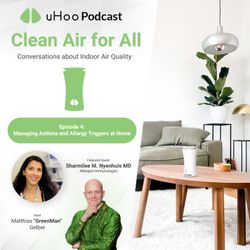
4. Episode 4: Managing Asthma and Allergy Triggers at Home
15:06||Ep. 4Continuing the conversation with allergist and immunologist Dr. Sharmilee M. Nyenhuis, we now focus on the home environment and the unseen pollutants that can trigger and/or worsen allergy and asthma symptoms. We discuss the main culprits - particulate matter, nitrogen dioxide, mold, dander, VOCs - and their impact on our families' health and well-being. We also discuss what kind of ventilation works for different seasons and what other ways you can manage your indoor air quality to prevent allergy and asthma episodes.